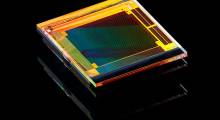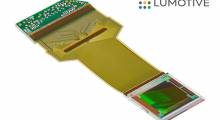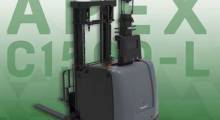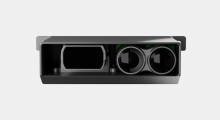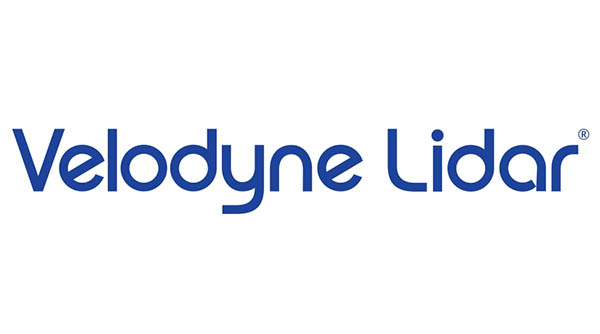Velodyne Lidar Inc. yesterday said that ANYbotics is using its Velodyne Puck lidar sensors with its ANYmal quadruped robot to help automate inspections and support efforts to monitor and maintain industrial plants.
“Velodyne’s lidar sensors provide ANYmal with a constant stream of high-resolution, 3D information about its surroundings, helping the robot safely map and patrol complex and harsh environments,” said Daniel Lopez Madrid, team leader for perception at ANYbotics. “The sensors enable precise localization and mapping capabilities our robots need to understand the physical environment they are operating in and any changes such as moving people and objects.”
San Jose, Calif.-based Velodyne Lidar said its real-time, surround-view sensors and software provide flexibility, quality, and performance. The company said they can meet the needs of a wide range of industries, including autonomous vehicles, advanced driver-assistance systems (ADAS), robotics, unmanned aerial vehicles (UAV), smart cities, and security.
ANYmal takes Puck to new sites
Zurich-based ANYbotics said its ANYmal mobile robot can perform inspection and monitoring tasks in challenging industrial terrains such as mining and minerals, oil and gas, chemicals, energy, and construction.
ANYmal’s four legs provide unparalleled mobility when moving up and down stairs, climbing over obstacles, steps and gaps, and crawling into tight spaces, said the company. The robot's inspection payload provides visual, thermal and acoustic insights for condition monitoring of equipment and infrastructure.
Equipped with Velodyne’s Puck lidar, ANYmal is able to map industrial environments to detect obstacles and avoid any collisions while navigating harsh environments with a higher level of accuracy.
“ANYbotics robotic solutions excel at automating industrial inspections that provide plant operators information to maximize equipment uptime and improve safety,” said Erich Smidt, executive director for Europe at Velodyne Lidar. “By using Velodyne’s lidar, their robots can autonomously navigate complex multi-story environments and find the quickest route to perform missions. During operation, the robot’s system can safely avoid obstacles and reliably move over rough terrain.”
Velodyne said its sensors are important ingredients in robotic autonomy and navigation. They allow mobile robots to extend outside controlled situations with pre-defined tasks and function in unfamiliar and unpredictable settings.
The company added that its lidar can provide real-time 3D perception data for localization, mapping, object classification and object tracking. Combining high-resolution image data with a broad vertical field of view, the sensors detect the shape of even low reflectivity objects regardless of their material and movement. This perception capability is critical for advancing safe and effective mobile robot operation.
Article topics
Email Sign Up




